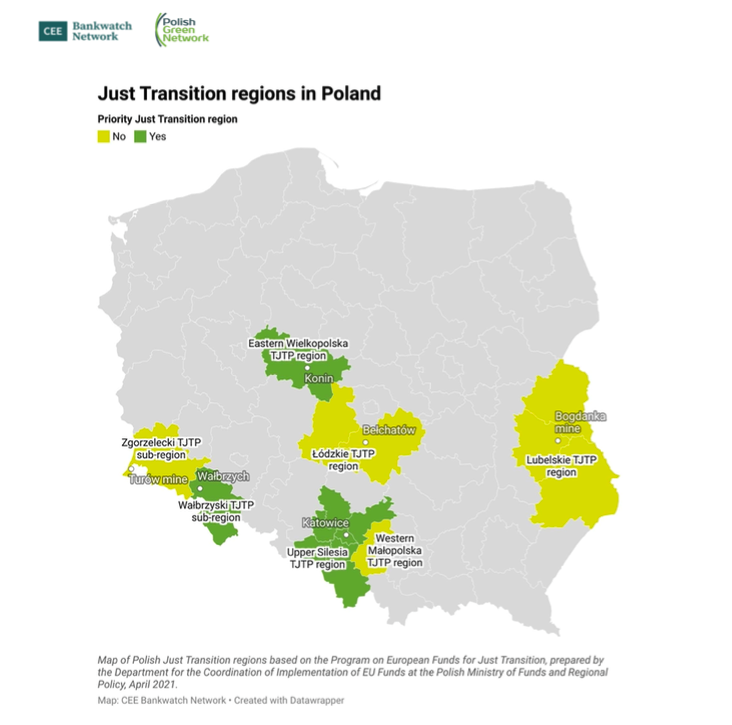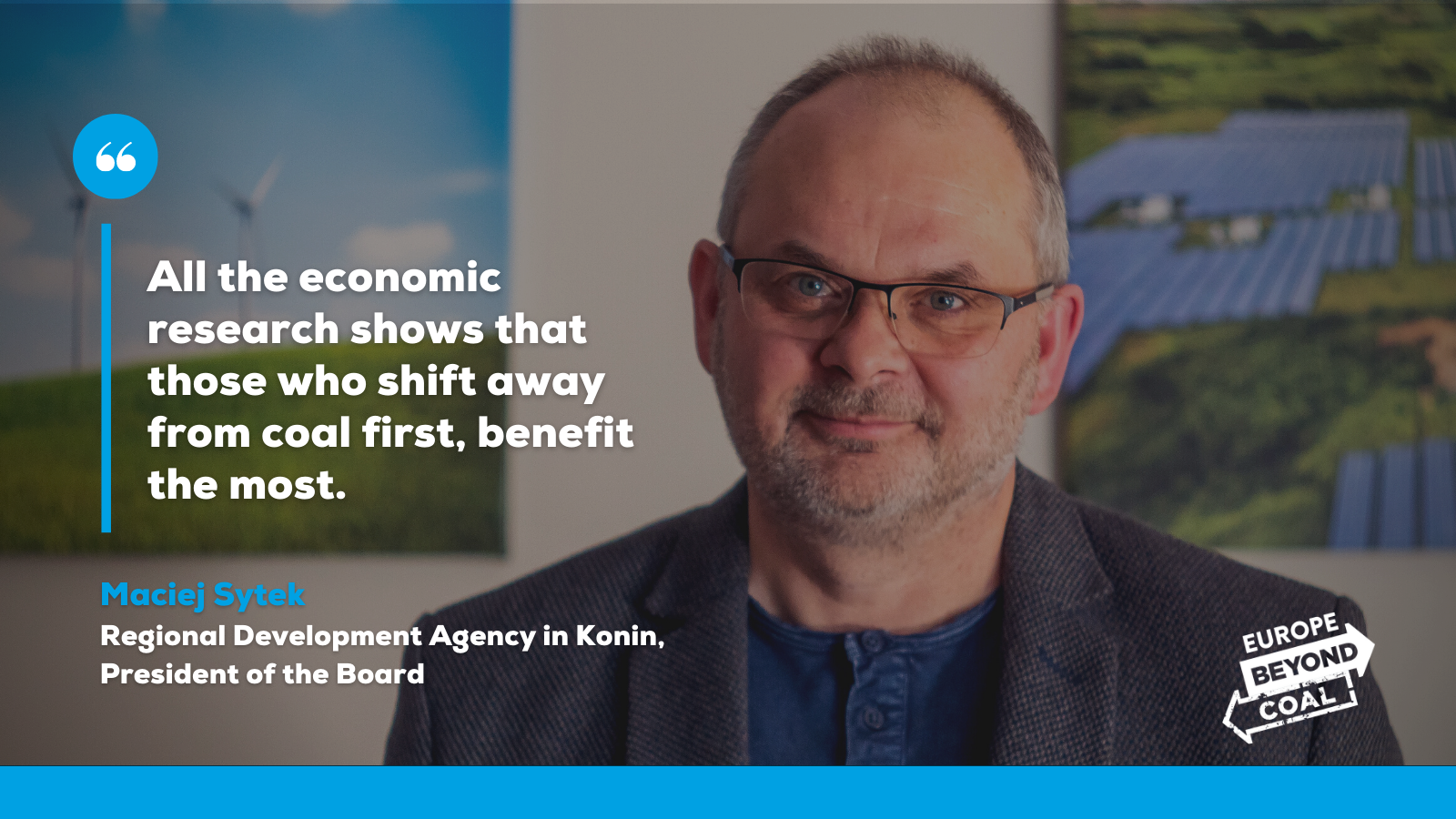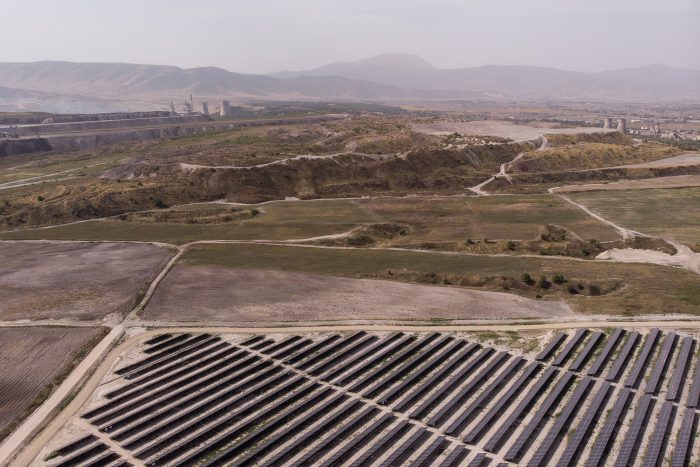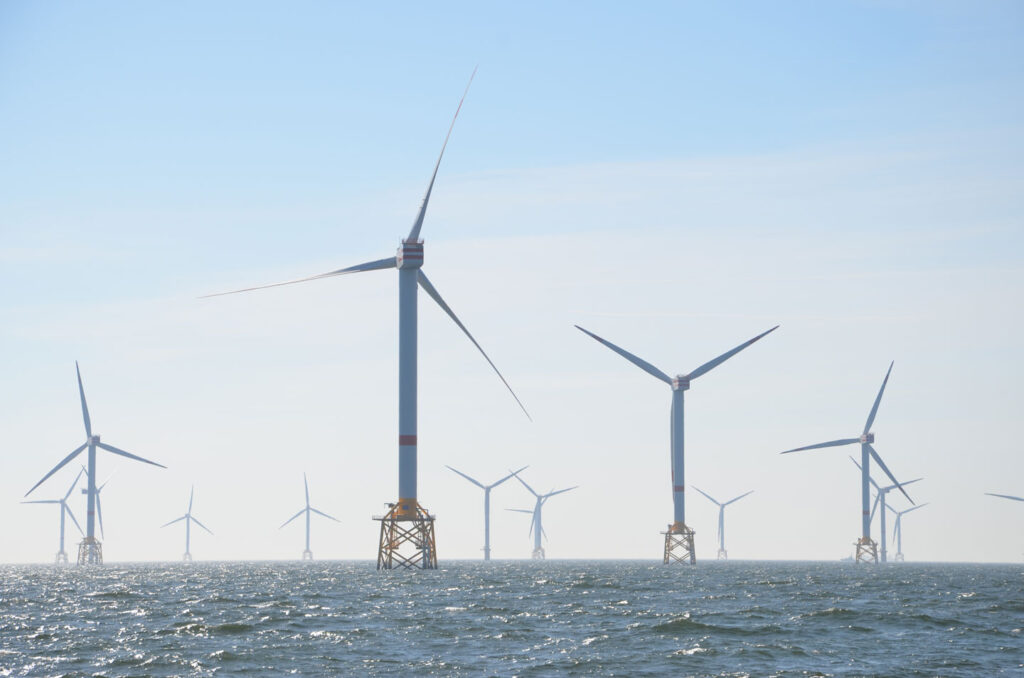Calling time on Coal: Eastern Greater Poland
28 November, 2022
Poland has the second largest coal industry in the EU, but while the majority of other member states will stop burning the dirtiest of all fossil fuels this decade, Poland has no such plan. That is, except for the coal region of Eastern Greater Poland, which has taken matters into its own hands and plans to be coal free by 2030.
Lignite mining has been at the heart of Eastern Greater Poland’s economy for more than 80 years. But recently, the region’s biggest coal company, ZE PAK, has accepted that coal’s number is up, and has cancelled its plans for further mining. Instead, ZE PAK has begun switching off its lignite-fired power plants and closing all of its coal operations; a process that will be complete by 2030.

At the forefront of ZE PAK’s strategy is the development of renewable energy generation to replace its retiring coal capacity. This includes the conversion of former open-pit coal mines and waste sites into solar farms. One such site (Brudzew) already hosts Poland’s second largest (70MW) solar park.

But while ZE PAK’s renewables strategy should be applauded, the same cannot be said for its plans to invest in new fossil gas and nuclear plants. These will undermine the region’s energy transition and bind it to expensive, dirty fuels for decades to come.

By announcing its plan to exit coal by 2030 and be climate neutral by 2040, Eastern Greater Poland has put the transition beyond coal firmly on the agenda in Poland. And unlike regions such as Turów, Eastern Greater Poland’s coal phase out commitment means it can access the EU’s EUR 17.5 billion Just Transition Fund, meaning local people can look forward to millions of euros being invested in projects and industries that will provide employment long after coal is gone – including training in renewable technologies for former coal miners.

As the benefits of Eastern Greater Poland’s decision to go beyond coal this decade become ever more visible, other coal regions will inevitably want in on the action. Afterall, if Eastern Greater Poland can chart its own route beyond coal, why can’t Poland’s other coal regions do the same?


